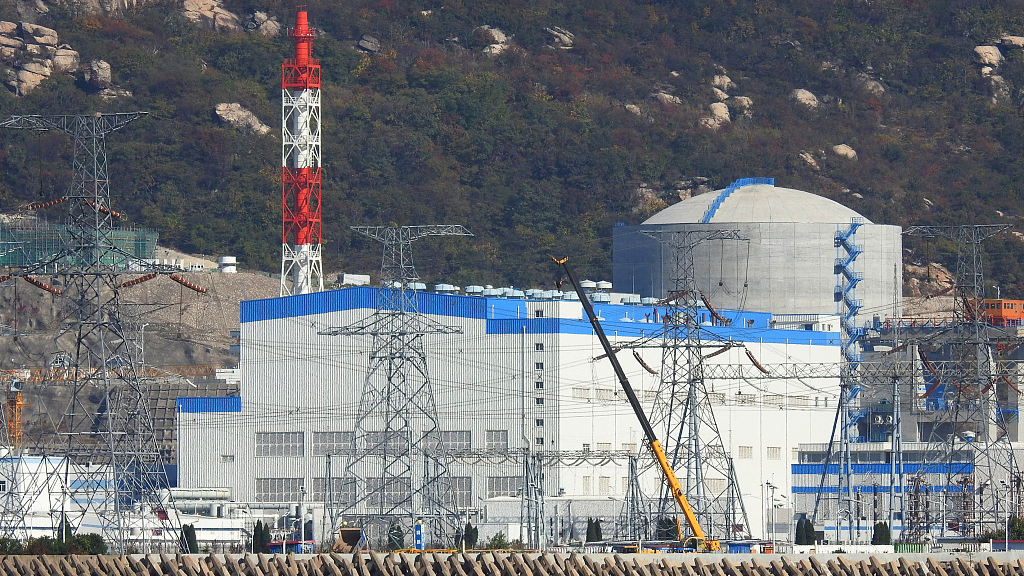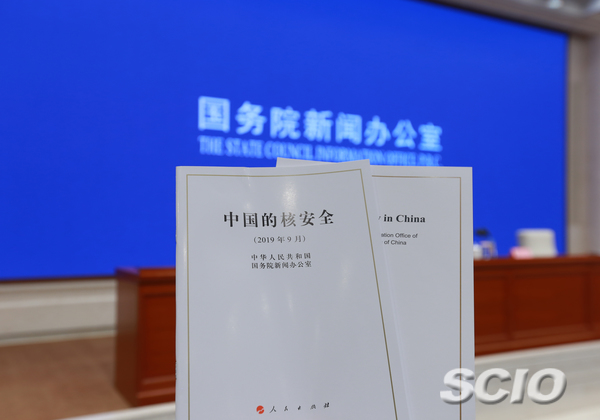

China on Tuesday released its first white paper on nuclear safety. The document stresses the importance the Chinese government attaches to nuclear safety and goes over its measures aimed at preventing accidents from happening.
A small part of the white paper also addresses the issue of nuclear security which relates to non-proliferation and preventing nuclear materials from being stolen. The country does this amid its efforts to fulfill pledges to combat nuclear terrorism globally.
Nevertheless, currently, more focus is being put on nuclear safety as a result of the rapid growth of the country's nuclear industry.
According to an expert previously working in the Northern Regional Office of Nuclear and Radiation Safety Inspection under China’s Ministry of Ecology and Environment, the paper was at least three years in the making and part of the reason for its publication is to address international as well as domestic public concerns.
The country is the third largest in terms of total nuclear power capacity installed. As of June 2019, it has 47 nuclear reactors in operation. The rapid development of nuclear power highlights the issue of nuclear safety.
As nuclear radiation can have far-reaching regional and global consequences, the Chinese government is hoping to reassure the public on what China's doing to reduce nuclear safety risks and what its nuclear safety standards are compared to other developed countries.

The white paper titled "Nuclear Safety in China" is released by the State Council Information Office (SCIO), September 3, 2019. /Photo via SCIO
Another factor for the release of the paper is the idea of supporting China's Belt and Road Initiative (BRI), according to experts. Reuters reported on June 20 that China could build as many as 30 nuclear reactors under the BRI in the future, citing a senior industry official in the country. It is thus a necessary step for China to take to demonstrate its nuclear safety measures in order to boost its nuclear energy exports.
Over the years, China has made significant progress in strengthening nuclear safety which saw its technology capacities in ensuring safety enhanced and a legal framework put in place. For example, it has passed the Law of the People’s Republic of China on the Prevention and Control of Radioactive Pollution, the Nuclear Safety Law, and nine other regulations.
However, there was certainly more to be done in the area. Even though China’s use of nuclear power so far has been very safe and there has not been a major accident, the damage of a potential nuclear accident means the government cannot let its guard down.
In the white paper it is stated that there should be equal emphasis on developing nuclear power and ensuring nuclear safety. Although the capability of the regulatory body in China has improved significantly and the industry has invested a lot on the safety, more should be done to lay the technical foundation for further improvement of safety standards since China will become the second largest nuclear power country in the world.
In terms of challenges to China’s nuclear industry, as the country built more and more nuclear plants, different types and new designs of reactors have been adopted, some key technologies have not been mastered by China yet and the quality of equipment and construction need to get better. These are the problems in the course of development which could be resolved and at the same time, China's nuclear industry, its public as well as its government also needs to pay more and more attention to nuclear safety.
(If you want to contribute and have specific expertise, please contact us at opinions@cgtn.com)

Copyright © 2018 CGTN. Beijing ICP prepared NO.16065310-3
Copyright © 2018 CGTN. Beijing ICP prepared NO.16065310-3